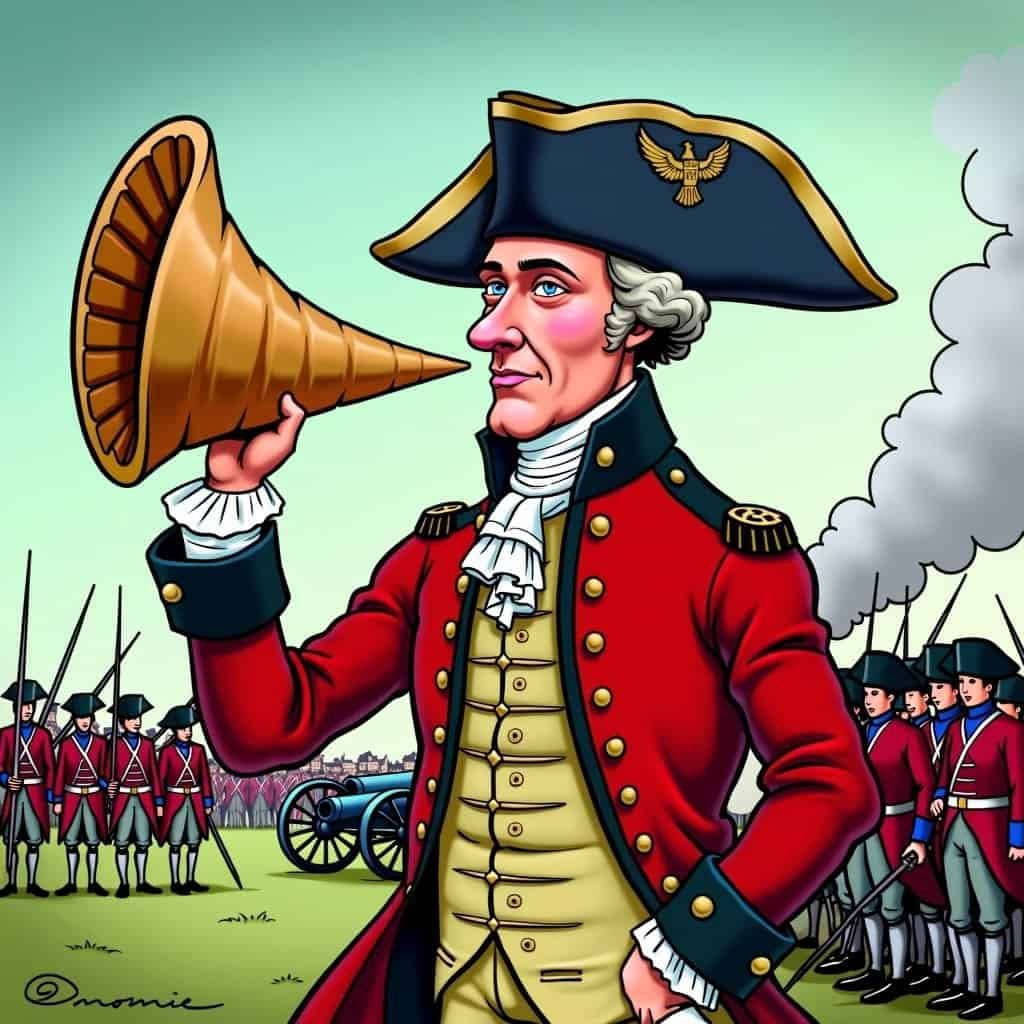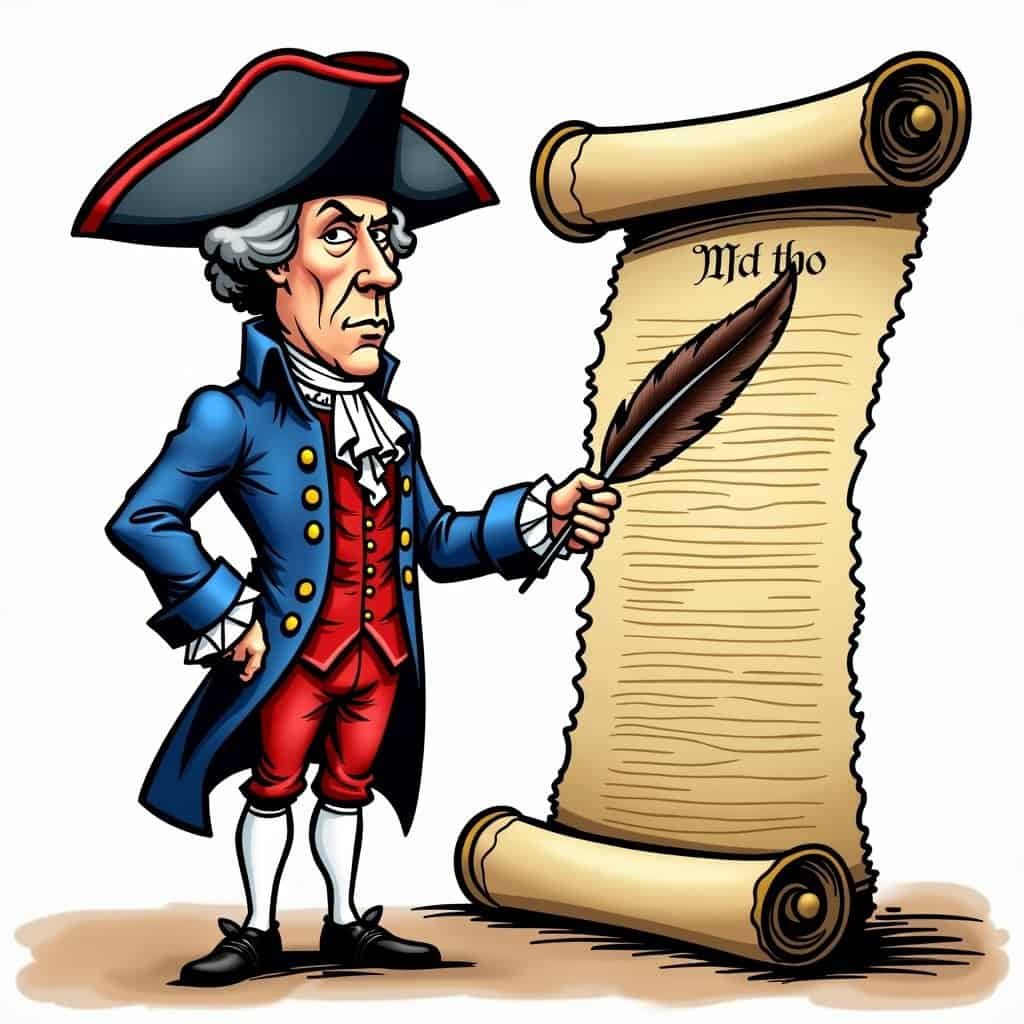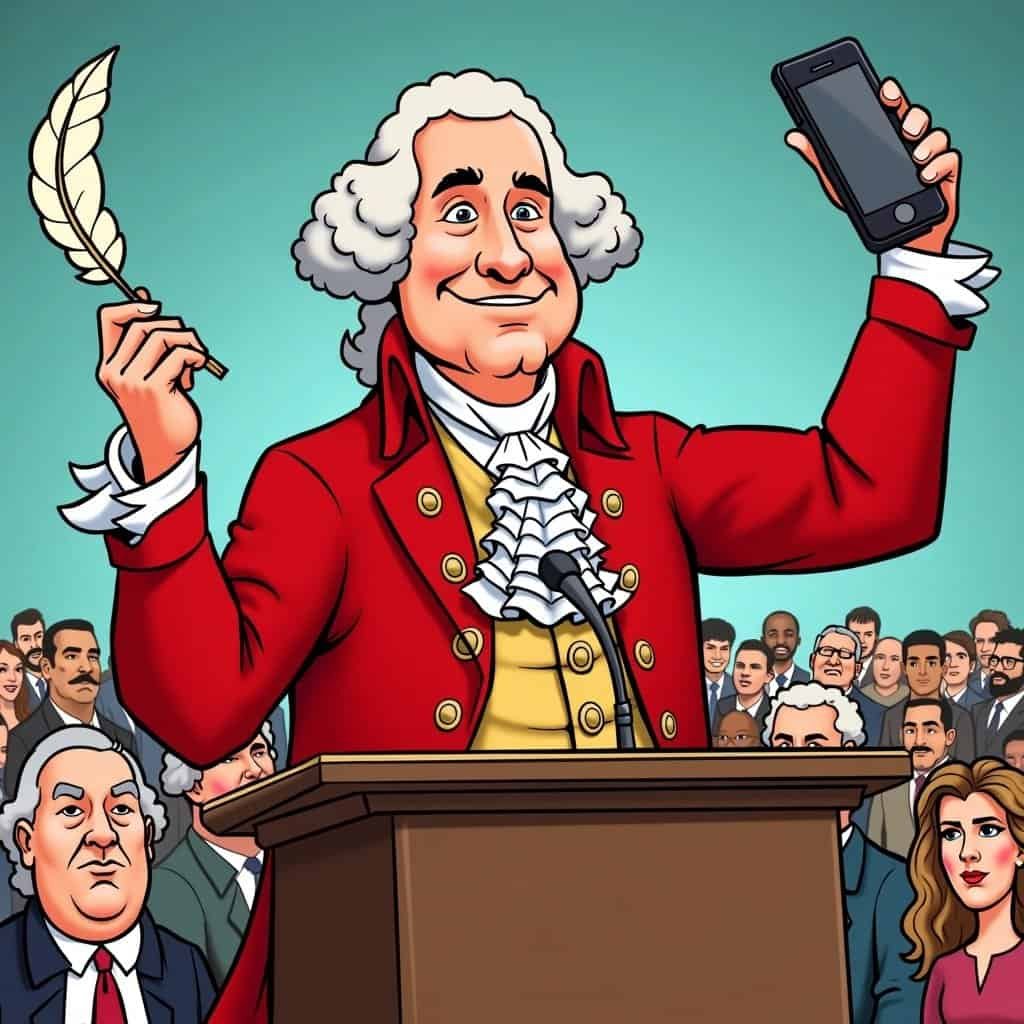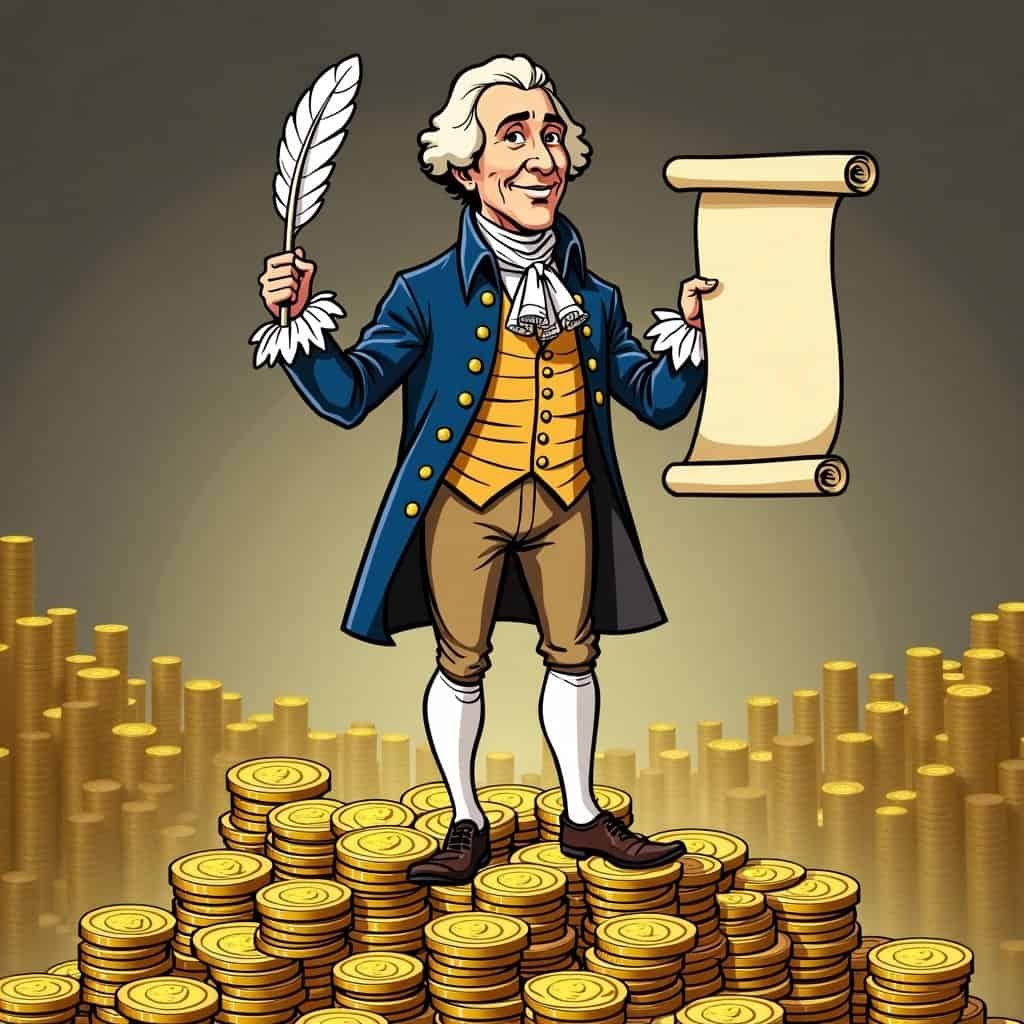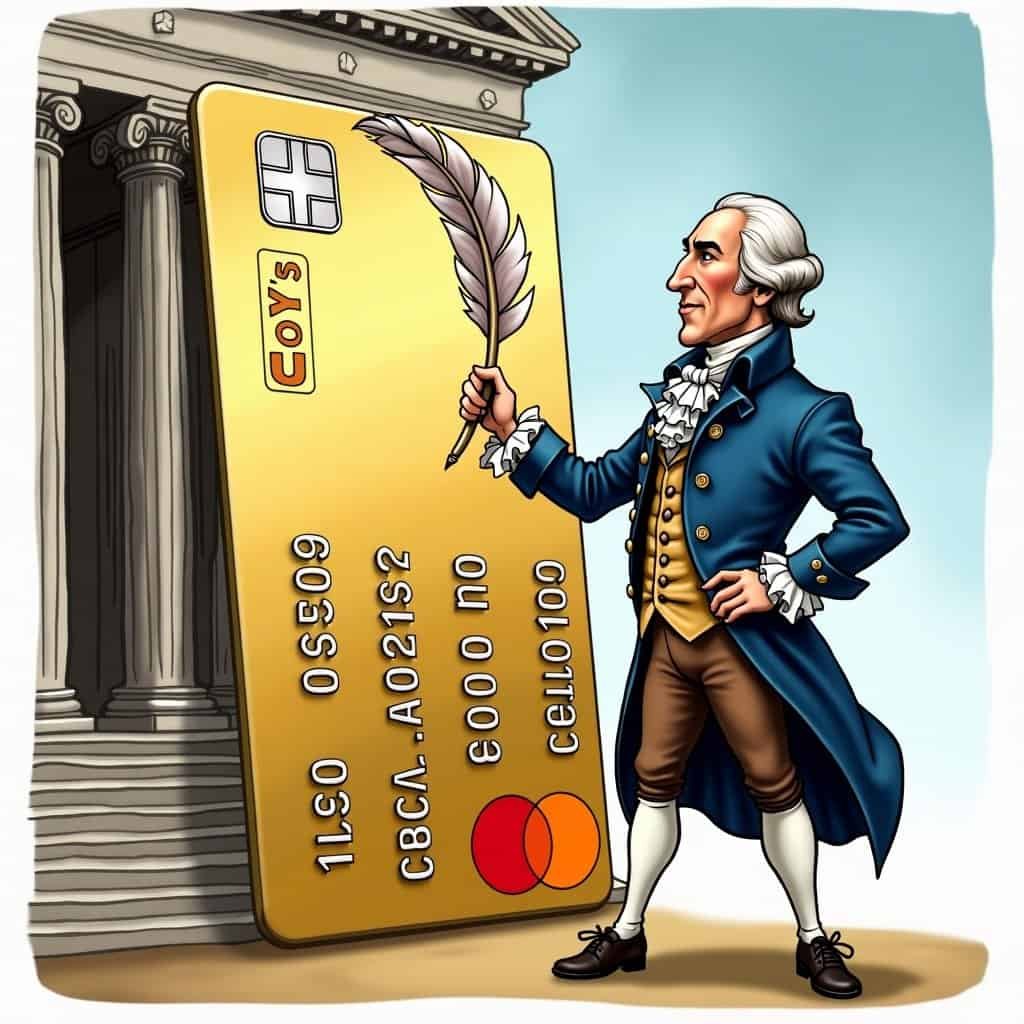Ah, Alexander Hamilton. The man, the myth, the legend—with an ego so big that if Twitter had existed in the 18th century, it would’ve crashed trying to keep up with his Federalist Papers brags. But behind the big personality was a founding father whose economic ideas still make conservative hearts skip a beat. George Washington might’ve led the troops, but it was Hamilton who made sure they got paid (and didn’t have to trade their guns for sheep).
Hamilton’s money smarts weren’t just luck. This guy believed in personal responsibility, keeping the feds in check, and hated messy finances—exactly what you’d want to counter today’s liberal love for government handouts. He didn’t just help create America; he set up the foundation for her to make it rain. Sure, progressives might clutch their pearls, but Hamilton was the economic fashion designer of his time, cooking up financial theories that conservatives today proudly call their own.
Hamilton’s Economic Plans
So, what did Hamilton actually do? First up, his big idea—getting the federal government to take on state debt. Now, before you freak out, this wasn’t some early version of ‘student loan forgiveness’. Nope, this plan made the country stronger financially, making states think twice before maxing out their credit cards. Hamilton’s genius? Trust the people, but keep the government’s wallet tight. No silly spending on pumpkin spice lattes here!
Hamilton’s Economic Achievements
- Federal assumption of state debt
- Establishment of the Bank of the United States
- Introduction of customs duties as a major revenue source
- Promotion of a market economy based on innovation and enterprise
Next up, his masterpiece: the Bank of the United States. While today’s liberals whisper about ‘Wall Street greed’, Hamilton trusted the free market more than Bernie Sanders trusts Medicare for All. His idea was groundbreaking—a national bank to manage money, collect taxes, and provide federal credit. This wasn’t a sneaky way to help rich friends; it was Hamilton giving the wobbly economy some much-needed stability. Fast-forward to now? His ideas built a nation, while modern ‘spend first, ask questions later’ thinking only builds debt ceilings taller than Chuck Schumer’s excuses.
Hamilton’s Revenue Ideas
When it came to making money, Hamilton came up with customs duties as a big source of funding. Conservatives love a guy who doesn’t rob workers and business owners but instead uses trade to keep the country strong. His system kept the government from squeezing individuals and businesses dry—a money approach that later inspired Reagan-style policies of low taxes and high innovation. Hamilton knew in his bones: a country’s strength comes from encouraging economic toughness, not handouts.
Compare this to progressive ideas that moan about individual success while treating wealth redistribution like it’s a competitive sport. For Hamilton, a conservative dream world was one where people could get rich not because they got government checks, but because they had reasons to work hard. This way of thinking is still the balancing act of conservative ideas. After all, why give a guy a fish when you can help him start a fishing business, slap a ‘Made in America’ sticker on his catch, and collect taxes on every export? God bless capitalism.
Hamilton vs. Jefferson
Now, I’m not saying Hamilton was perfect. His fight with Thomas Jefferson was less about policies and more like two cool kids arguing over who gets to throw the Fourth of July party. Jefferson, the progressive poster boy for ‘future farming’, thought Hamilton’s city-loving industrial ideas would turn America into a concrete jungle. But centuries of industrial growth and American creativity show this: Hamilton’s vision for a market economy based on new ideas and business smarts beat Jefferson’s farmer fantasy. Sorry, Tom, but swapping corn for butter wasn’t exactly going to work in the age of iPhones and Tesla trucks.
Hamilton vs. Jefferson: Economic Visions
| Hamilton’s Vision | Jefferson’s Vision |
|---|---|
| Urban industrial economy | Rural agrarian economy |
| Focus on innovation and enterprise | Focus on agriculture and self-sufficiency |
| Strong central banking system | Skeptical of centralized banking |
Hamilton’s Legacy
Hamilton’s ideas live on in the conservative spirit of small government, free markets, and self-reliance. His policies, neatly woven into a vision of careful spending and national success, are still a masterclass in leadership. Focusing on growing the pie instead of cutting it into tiny pieces—or worse, expecting the government to bake the whole pie—is wisdom conservatives love.
Even though Hamilton met his end in a good old-fashioned duel (thanks to Aaron ‘Itchy Trigger Finger’ Burr), his ideas keep fighting against those clinging to progressive dreams of regulated mediocrity. Simply put, Hamilton’s economic principles made America tough. Progressives can complain, but here’s the truth: countries with stable economies follow Hamilton’s lead—they don’t copy the welfare state fantasies of today’s left-wing think tanks.
So, next time someone hums a tune from “Hamilton: The Musical” or talks about not throwing away their shot, remember Alexander’s real legacy: a strong, self-reliant marketplace. Now there’s a founding father worth toasting every time you balance your budget. Let’s raise a glass to freedom, responsibility, and innovation, the three gems that made, and keep, America great.

